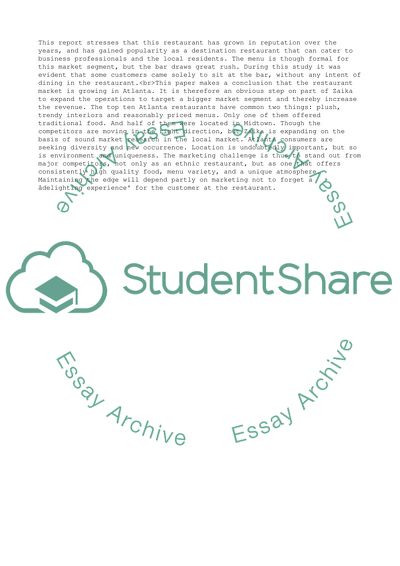Cite this document
(“Strategies for Building Business Success Essay Example | Topics and Well Written Essays - 2750 words”, n.d.)
Strategies for Building Business Success Essay Example | Topics and Well Written Essays - 2750 words. Retrieved from https://studentshare.org/business/1540375-strategies-for-building-business-success
Strategies for Building Business Success Essay Example | Topics and Well Written Essays - 2750 words. Retrieved from https://studentshare.org/business/1540375-strategies-for-building-business-success
(Strategies for Building Business Success Essay Example | Topics and Well Written Essays - 2750 Words)
Strategies for Building Business Success Essay Example | Topics and Well Written Essays - 2750 Words. https://studentshare.org/business/1540375-strategies-for-building-business-success.
Strategies for Building Business Success Essay Example | Topics and Well Written Essays - 2750 Words. https://studentshare.org/business/1540375-strategies-for-building-business-success.
“Strategies for Building Business Success Essay Example | Topics and Well Written Essays - 2750 Words”, n.d. https://studentshare.org/business/1540375-strategies-for-building-business-success.


